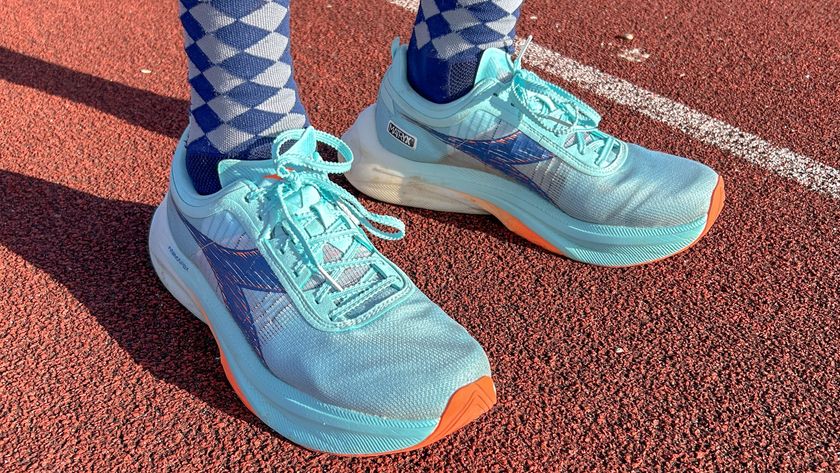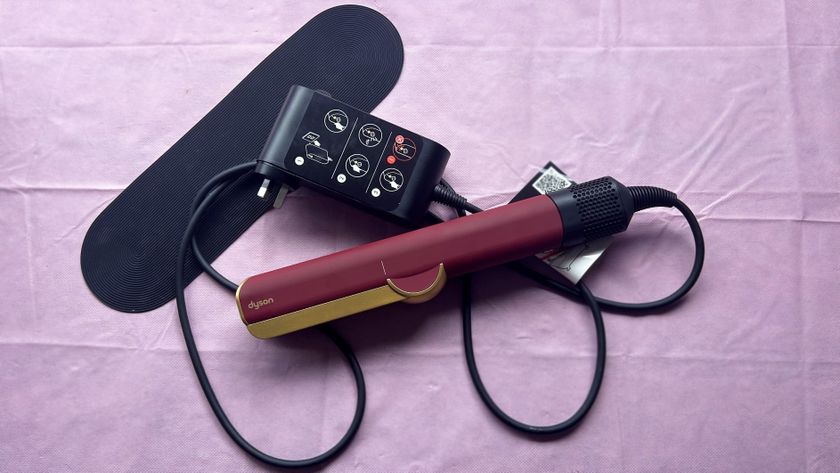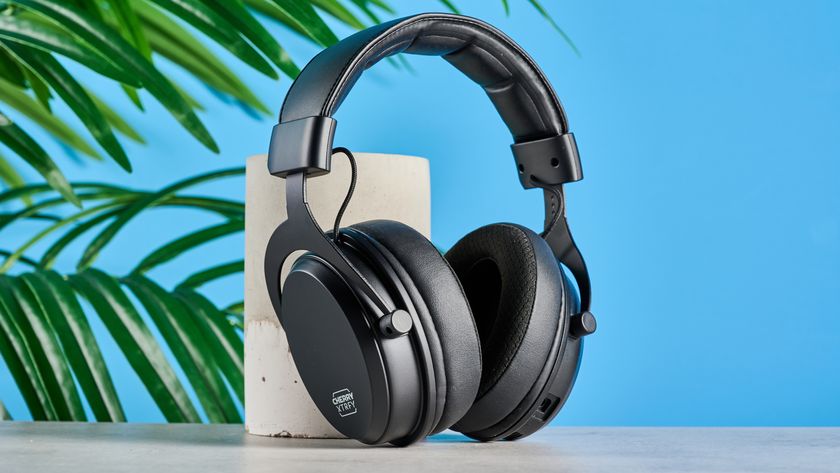Tom's Guide Verdict
Acer’s Chromebook 515 ticks most of the right boxes, but is held back by ChromeOS.
Pros
- +
Excellent keyboard and trackpad
- +
Sturdy, well-built chassis
- +
Useful variety of ports
- +
Good performance
Cons
- -
Colors look muted
- -
Poor speaker quality
- -
Paying for power you don't need — unless you play Steam games
Why you can trust Tom's Guide
Price: $999 (as reviewed; $649 to start)
Processor: Intel Core i5-1145G7 CPU
RAM: 16GB
Graphics Card: Intel IrisXe Integrated Graphics
Storage: 256GB SSD
Ports: 2x USB 3.2 Gen 2 Type-C, 1x USB 3.2 Gen 1 Type-A
Size: 14.1 x 9.5 x 0.98 inches
Weight: 3.75 pounds
The Acer Chromebook 515 ($649 to start) is a business-focused take on ChromeOS, pairing Google’s lightweight operating system with a low-frills, productivity-focused aesthetic.
That means a simple, sturdy chassis is paired with a spacious, comfortable keyboard (with a number pad!), an Intel Core i5 processor and plenty of RAM. But ChromeOS is built around the web: horsepower is a bit less relevant, and our $999 configuration becomes a tough sell that keeps this from being the best Chromebook for anyone but those who want to experiment with Chrome gaming on the go.
Acer Chromebook 515 review: Price and config options
The Acer Chromebook 515 variant that I reviewed is available via third-party retailers and Acer's website for $999, as configured. That gets you a 2.6 GHz Intel Core i5-1145G7 CPU paired with 16GB of RAM. with 256GB of storage and a 15.6-inch display. To save on your order, take a look at our Acer promo codes page.
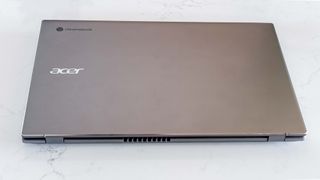
The alternative configurations start at $649.99 and let you choose between Core i3 and Core i5 models with 8GB of RAM and 128GB of storage. There’s also a Core i3 variant with a touchscreen display on sale for $699.99.
Acer Chromebook 515 review: Design
- Plain, utilitarian chassis weighs nearly 4 pounds
- Sturdy design w/ military-grade durability rating
The Chromebook 515 is a little on the plain side, as befitting a box ostensibly built for business. If not for the “Chromebook” logo etched on the top left corner of the lid I’d be hard-pressed to pick it out of a lineup of business-oriented workhorses. But a utilitarian design suits the Chromebook ethos, as this machine feels geared towards serving up the web and staying out of the way.
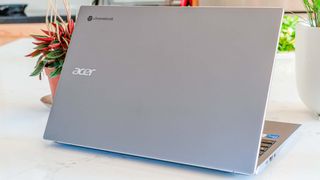
Which isn’t to say Acer has cut any corners. The body is sturdy, with a metal lid that doesn’t flex no matter how awkwardly I twist and tug at it. The hinge is similarly rigid, and the display remains fixed in place as I tap away at the keyboard. The Chromebook 515 also boasts a “MIL-STD-810H” military-grade durability rating, so it should stand up to greater-than-average levels of abuse. At just shy of 4 pounds and barely an inch thick, the Chromebook 515 won’t win any accolades, but it’s thin and light enough to chuck into a bag without much concern.
Acer Chromebook 515 review: Ports
- Healthy port selection
- USB-C, USB-A, HDMI out and a microSD card reader? You love to see it
The Chromebook 515’s port selection is good: a USB-C and HDMI output port sit on the left, alongside a 3.5 mm headphone jack.
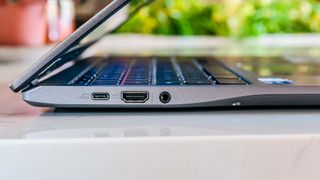
On the right, there’s a Kensington security lock, another USB-C port, a USB type A port, and a microSD card slot.
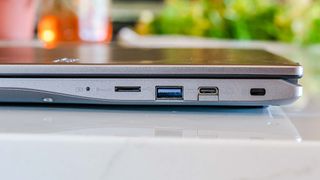
The machine charges via USB-C (which is all but mandatory for me these days), and either port can be used to charge the machine.
Acer Chromebook 515 review: Display
- Bright and serviceable enough for work and play
- Underwhelming colors
The 15.6-inch screen on the Acer Chromebook 515 is limited to a 1080p resolution; that’s disappointing, but not necessarily a dealbreaker. It’s an otherwise fine display: colors feel a little flat, and desaturated, but while that could be problematic if you’re doing extensive photo editing, it’s absolutely fine for watching videos or general web browsing.
The display is bright – easily visible if you like your ChromeOS on the go. And viewing angles are strong, even at awkward angles, so you’re free to lay the display completely flat and contort awkwardly on the couch, as I often do.
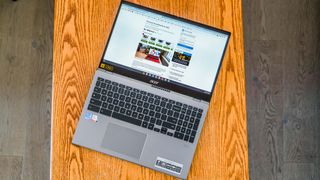
When we got the laptop into our lab, we discovered that it achieves an average brightness 263.4 nits, maxing out 273 nits in the upper-left quadrant. That's not very bright by the standards of most similarly-priced laptops, but it's about in line with what we expect from Chromebooks in this price range.
The Asus Chromebook Flip CX5500FE ($872 as reviewed) we recently tested achieved an average brightness of 250 nits, for example. If you want something that's a bit more dazzling, the Samsung Galaxy Chromebook 2 has a beautiful 1080p display that gets quite a bit brighter, up to an average brightness of 390 nits.
Our Chromebook 515 review unit displays 65.8% of the sRGB color gamut (100% or more is ideal), which is pretty underwhelming and backs up my experience of the display serving up flat, undersaturated colors. While that's pretty par for the course with Chromebooks (the Flip CX5 displays 67.2% of sRGB, for example) you can get a Chrome-powered laptop with a much better display if color saturation matters. Samsung's Galaxy Chromebook 2, for example, is far more colorful than the average Chromebook, with a screen that displays 118.4% of the sRGB color gamut.
Acer Chromebook 515 review: Keyboard and Touchpad
- Keyboard and touchpad are big and comfy to type on
- Number pad and fingerprint reader are nice touches
A machine that’s laser-focused on productivity and the web needs to nail the fundamentals, and Acer’s done a good job here. The Acer Chromebook 515's keyboard fills the laptop’s full width, and the keys are evenly spaced and offer a fair amount of travel with every press. This makes for a responsive, comfortable typing experience. There’s also a number pad, which I love, and a fingerprint reader, which is a nice touch.
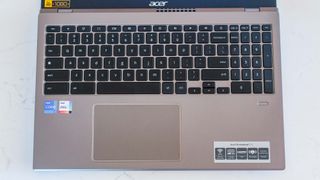
The trackpad is similarly satisfying. It’s a Corning Gorilla Glass touchpad, which translates to a smooth and responsive input experience. All told, my only input issues with the Chromebook 515 boiled down to trouble remembering Chrome OS’ slightly different shortcuts and idiosyncrasies. (Hitting “Alt” and the Search button disables Caps Lock, FYI.)
Acer Chromebook 515 review: Audio
- Underwhelming sound quality deteriorates at high volume
- Weak bass
These speakers on the Acer Chromebook 515 not great. There are a pair of them, located on the underside of the machine. They suffer from a lack of bass; the sound is thin and warbly, leaving lyrical artists or a video’s narrators sounding annoyingly nasally.
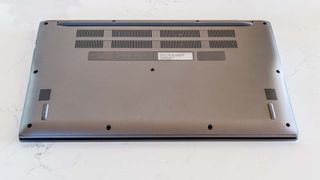
This only gets worse as you crank the volume up, so while the speakers can get really loud, easily filling a room with sound, you’d be better off grabbing a pair of headphones.
Acer Chromebook 515 review: Performance
- Plenty of power for anything you need to do on Chrome OS
- This Chromebook can run Steam and play Steam games
The web-focused nature of ChromeOS, coupled with the Google Play store being your primary source for apps, means that an Intel Core i5 CPU and 16GB of RAM verges on overkill. I tend to sprawl across my devices, firing up multiple windows and tabs to keep the things I’m searching for or working on compartmentalized. This hardware was more than up to the task, humming along smoothly (and silently) throughout general use. Adobe’s ChromeOS-compatible variant of Lightroom proved taxing enough to get the Chromebook 515’s fans humming, though the app still performed (relatively) smoothly.
The downside to leaning almost entirely on the Google Play store for apps is that there’s necessarily going to be far less to choose from, when compared to “traditional” operating systems. Valve is stepping up to fill some of the void, by provisionally making Steam games available on Chromebooks. You’re not getting the full Steam catalog – just titles available on Linux. And only a subset of those are functional, as these tests are still in their early days.
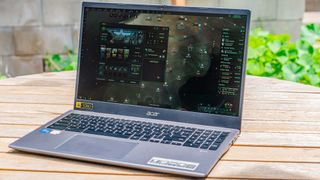
The bulk of my personal library isn’t compatible, but I don’t really need much of an excuse to fire up Paradox Interactive’s Stellaris for a few dozen more hours, and I’m happy to say it works well enough here. Frame rates hovered in the mid to high 30s, at high settings. Frame rate is less important in 4X strategy games, and Stellaris’ performance is tied to the number of opponents and the size of the galaxy you’re building your space empire in, but I was still pleasantly surprised to see that my standard settings were still playable (albeit at a 1080p resolution).
The Chromebook 515 (Intel Core i5-1145G7, 16GB RAM) performed well enough in our battery of lab tests, achieving a score of 3,761 in the Geekbench 5.4 multi-core CPU benchmark. It can't quite match the 4,534 earned by the Asus Chromebook Flip CX5 (Intel Core i5-1135G7, 16GB RAM), which is a notable gap given how close the two are in terms of price and specs. The 11th Gen Intel chips in both Chromebooks give them far more pep than older or weaker models like the Samsung Galaxy Chromebook 2, which earned just 2,171 when we tested it in 2021 with an older Core i3 chip.
Acer Chromebook 515 review: Battery Life
- Lasted 8 hours in our official battery test
- Expect half that or less when gaming
Acer estimates the Chromebook 515’s battery life to sit at about 10 hours, which is a bit more than I got. I regularly saw around 8 and a half to 9 hours during my casual usage, which boiled down to writing, browsing the web, and streaming music over Spotify, with the display’s brightness set to about 75%.
That dipped to about 6 and a half to 7 hours when I spent a considerable amount of time in Adobe’s ChromeOS variant of Lightroom, and forced the app to download the original versions of images I wanted to edit, instead of relying on lower resolution previews. I saw about 3 and a half hours of battery life during Stellaris sessions, as the fans spun to life to keep temperature in check. If you regularly spend the entirety of the day on your laptop, you’ll want to keep a charger handy.
Our official Tom's Guide battery test backs this up. When we set the 515 up to endlessly surf the web via Wi-Fi with its screen set to 150 nits of brightness, it lasted an average of 8 hours before giving up the ghost.
That's decent for most laptops, but not a Chromebook. Power efficiency is typically one of the selling points of these devices as evidenced by the fact that Chrome OS-powered laptops like the Samsung Galaxy Chromebook 2 (which lasted 13 hours in our battery test) regularly last upwards of 10+ hours on a single charge.
Acer Chromebook 515 review: Webcam
- 720p webcam is functional but bad
- Physical privacy shutter is nice
The Acer Chromebook 515's webcam could be much better. The 720p resolution, in an era when so many have grown reliant on working remotely, is essentially worthless. Images are grainy, colors are desaturated, resulting in the sort of unpleasant experience we’ve come to expect from budget laptop webcams.
At least there's a physical shutter, so you can close it if you’re especially privacy conscious.
Acer Chromebook 515 review: Heat
- Doesn't get too hot, even when running Steam games
Heat was never a concern on the Acer Chromebook 15. Under casual use there’s some slight warmth coming from the base of the machine, but it was barely noticeable. The systems’ fans kicked into gear while playing Stellaris and using Lightroom, but never generated enough heat to be a problem.
Acer Chromebook 515 review: Software
Unless you’re fully enmeshed in the Google ecosystem, software remains a Chromebook’s chief weakness. Google’s software suite covers the necessities, leaving the entirety of the web to pick up the slack.
If there’s a particular app you’re looking for, your best option is to head to the Google Play store and roll the dice. Adobe has a native ChromeOS app, for example, but Spotify (bizarrely) does not – there’s a universal app that lets you swap between phone and tablet modes with fixed window sizes, or choose a “resizable” mode that behaves like a traditional app, but proved to be a little buggy. Just use the web-based version of whatever you’re hoping to use (assuming it exists), and you’ll be fine.
As mentioned above, our Acer Chromebook 515 review unit is one of the few Chromebooks on the market which supports the alpha version of Steam on Chromebooks (check out our guide on how to play Steam games on Chromebook if you're curious). That's a rare offering at the moment, but the ranks of Steam-compatible Chromebooks will likely increase significantly throughout 2022 as more models hit the market and Valve fine-tunes Steam on Chrome OS.
Acer Chromebook 515 review: Verdict
For the $999 asking price of our review unit, Acer’s Chromebook 515 is a tough sell. It’s a fine device in its own right, offering a great keyboard and trackpad, enough battery life to squeeze through a workday, and a large, bright display that’s easy on the eyes. But you’re paying for hardware the operating system can’t really make use of (unless you really want to play a selection of Steam games), which makes the added performance not compelling.
Therein lies the problem: value. The bulk of the best Chromebooks we’ve checked out, including the Samsung Galaxy Chromebook 2, aren’t nearly as well equipped. But it turns out a Core i3 and 8GB of RAM is plenty when you’re built for browsing the web.
So if details like screen and speaker quality are important to you, you might be better off with something like the Galaxy Chromebook 2. But if you prize port selection and a comfy keyboard for maximum productivity, Acer's Chromebook 515 is a solid Chromebook that should serve you well. If you don't plan on playing Steam games, consider getting a cheaper model — the $300 or so you’ll save can go towards getting a decent webcam, or some headphones.
Nate Ralph has well over a decade of experience tinkering with, on, and around technology. He's driven by a need to understand how things work, which manifests as a passion for building and re-building PCs, self-hosting open source services, and researching what's new and next in the world of tech. When he's not troubleshooting his home network, he can be found taking and editing photos, dabbling in space and flight sims, or taking baby steps into the world of woodworking.
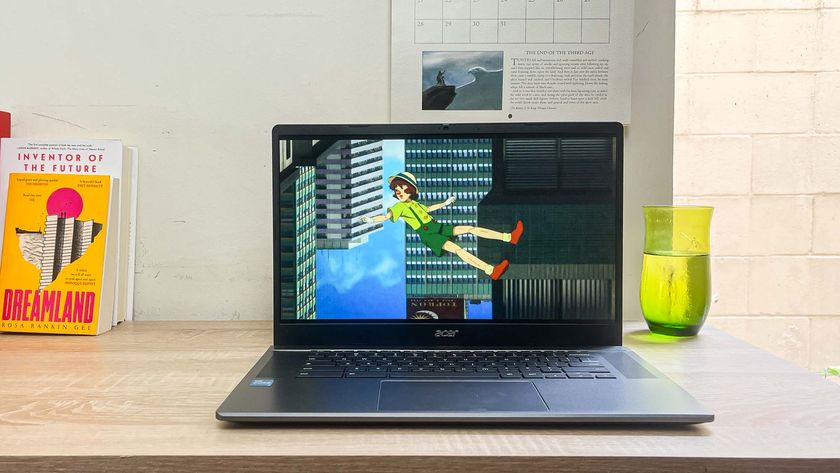
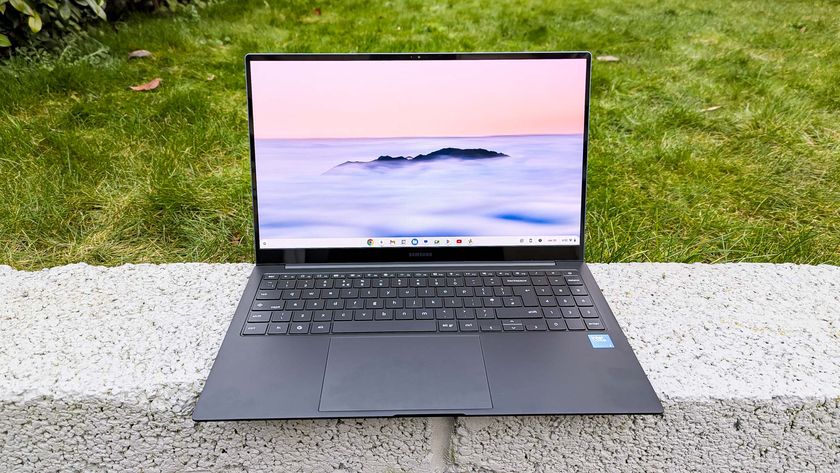
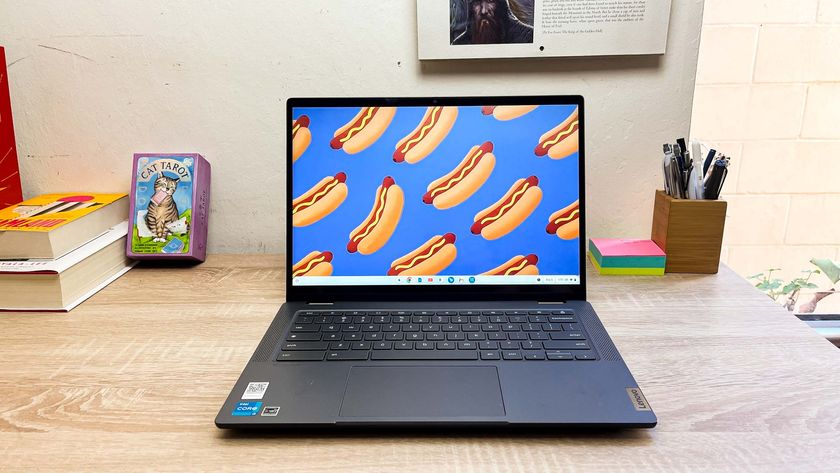
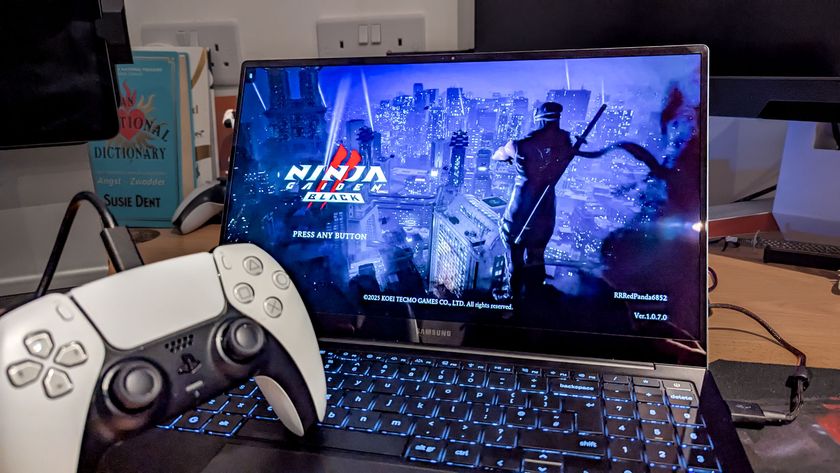
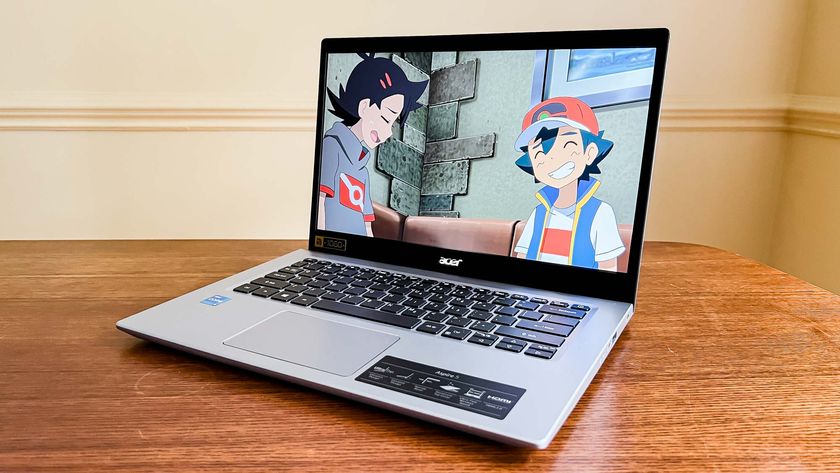
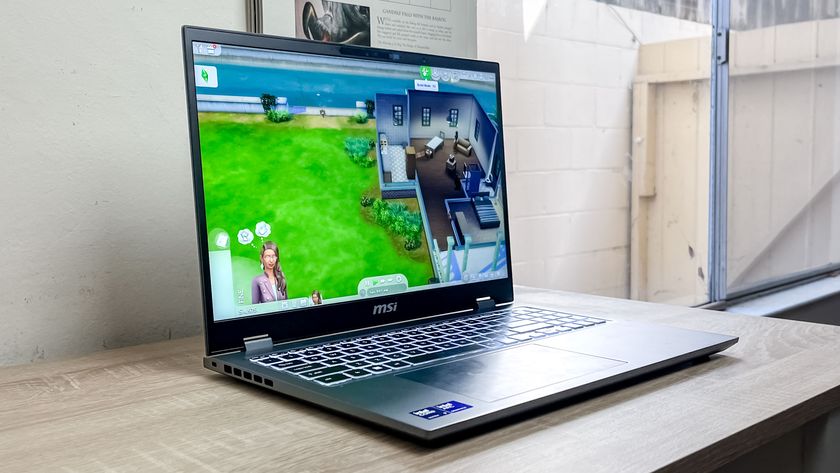

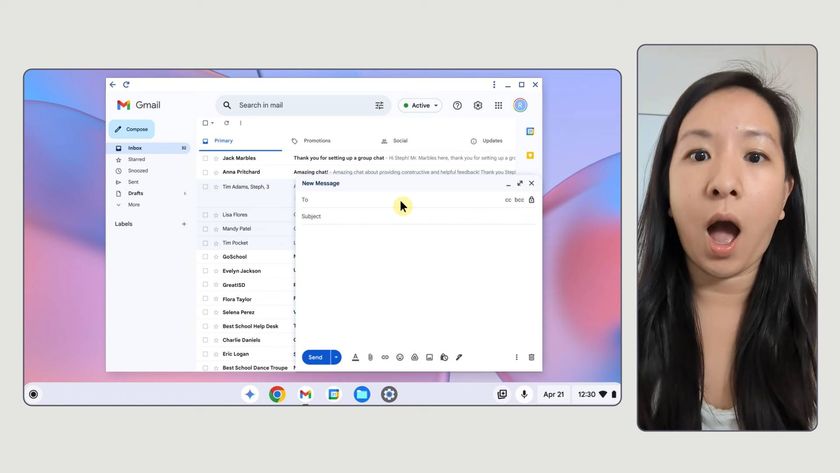
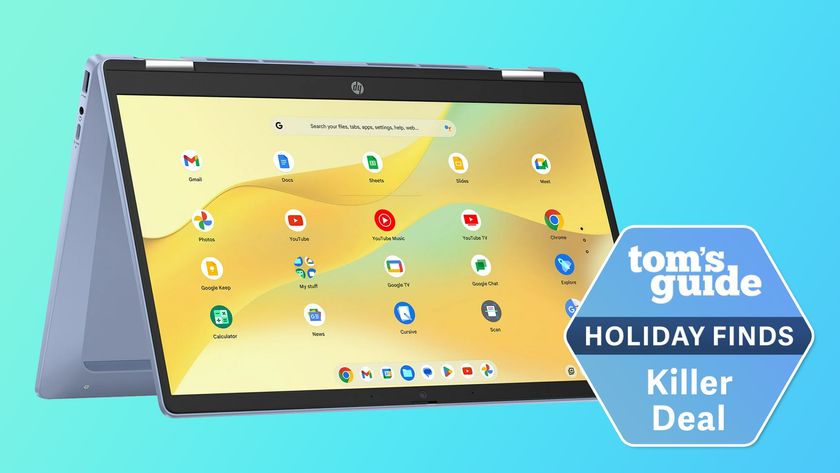
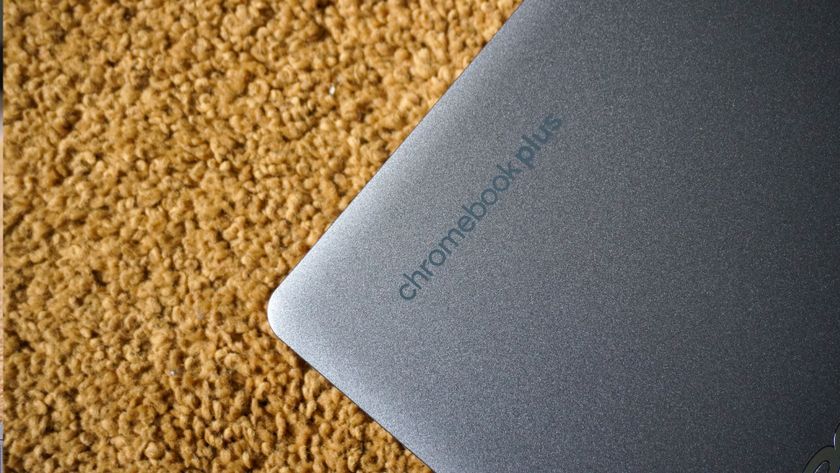



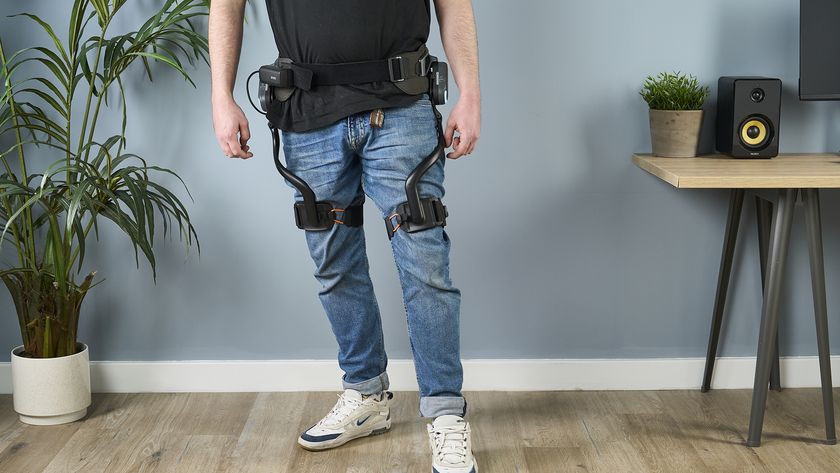
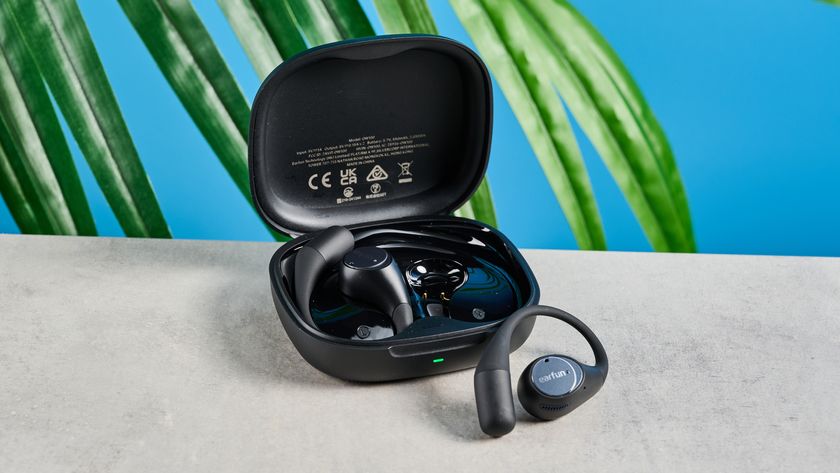

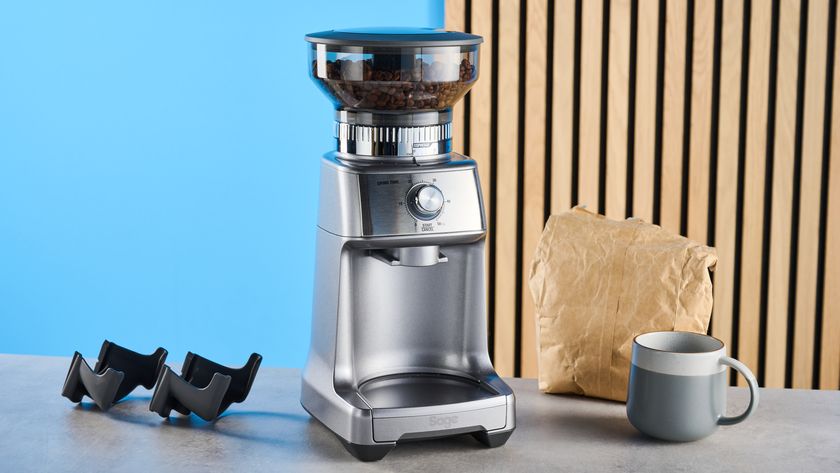

-
GerryLawson Good review - thanks, it might be over-specified for Chrome and Android apps, but it sounds perfect for Linux. I've just ordered one - primarily to help me learn how to use the QGIS mapping tool. I'm hoping that the inbuilt i5 iris xe graphics card will be a plus too .. but I don't know if this fully integrates with Debian/Ubuntu yet. Does anyone know?Reply



